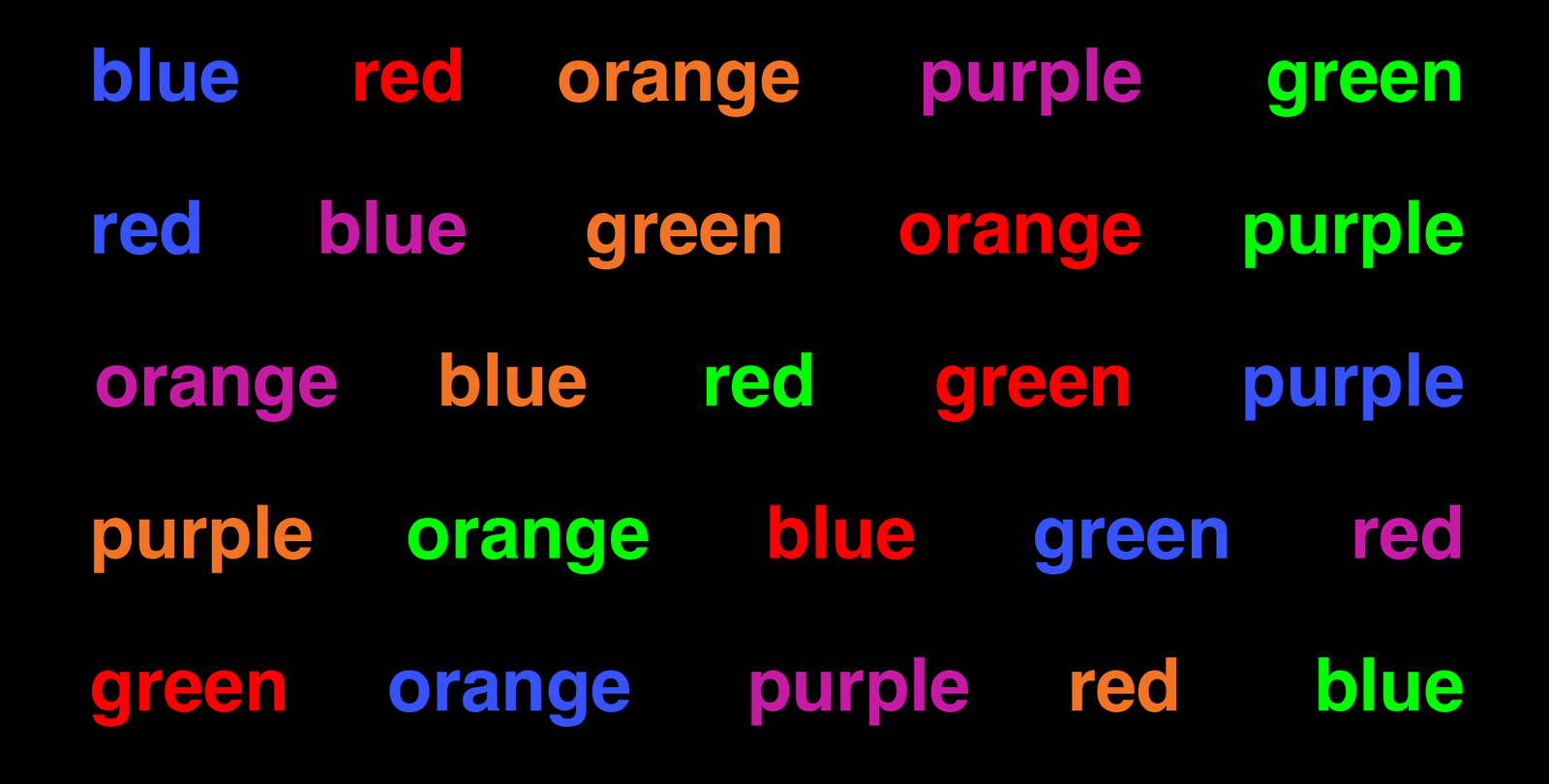According to the National Institutes of Health, Alzheimer’s affects more than 6 million Americans, mostly ages 65 and older. Though the neurological damage from the disease is irreversible, its progression can be slowed by early interventions such as exercise and nutrition regimens. The primary method to measure an individual’s risk of developing the disease is by measuring levels of certain proteins in cerebrospinal fluid (higher levels indicate higher risk). This test is invasive, painful, and expensive.
A team from Caltech and the Huntington Medical Research Institutes is currently conducting an ongoing project to develop a simple behavioral test to detect a person’s Alzheimer’s risk, as noninvasive as solving a puzzle on the computer. In 2022, the team developed a behavioral test whose results accurately correlated with spinal fluid measurements.
Now, the team has used the test to discover more about high-risk individuals’ ability to pay attention and focus. The work, described in a paper appearing in the journal GeroScience, suggests that high-risk individuals are using their attention to process, rather than suppress, distracting stimuli. The research was conducted in the Caltech laboratory of Shinsuke Shimojo, Gertrude Baltimore Professor of Experimental Psychology. Shimojo is an affiliated faculty member with the Tianqiao and Chrissy Chen Institute for Neuroscience at Caltech.
